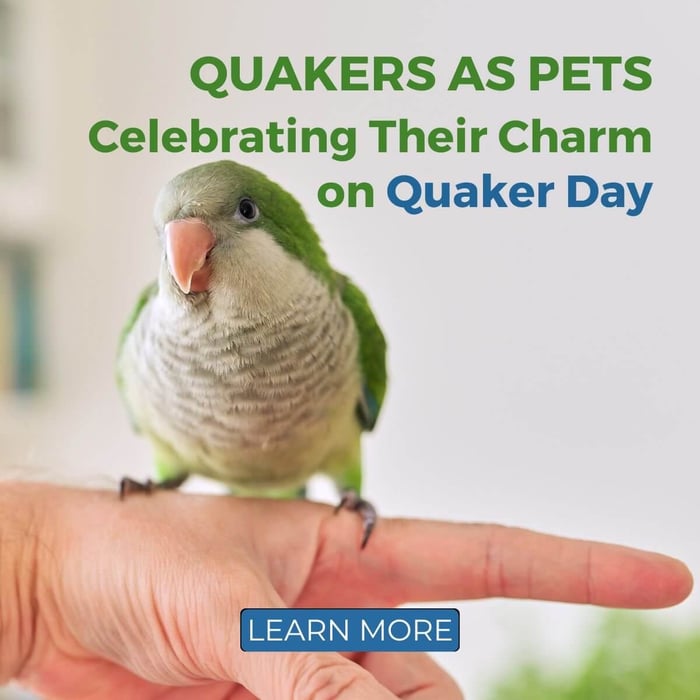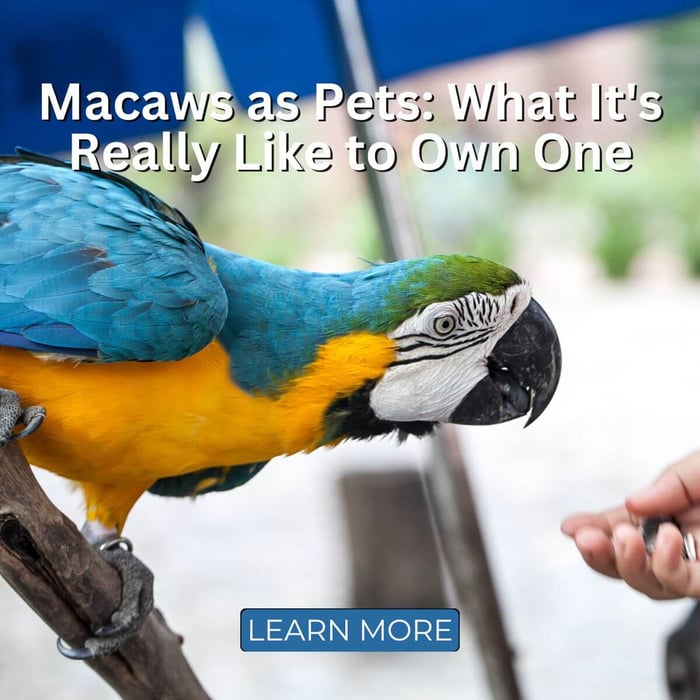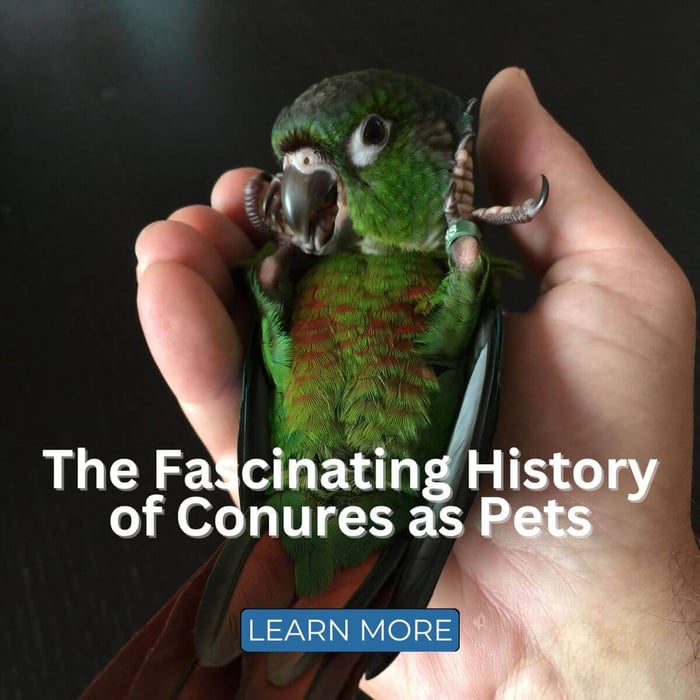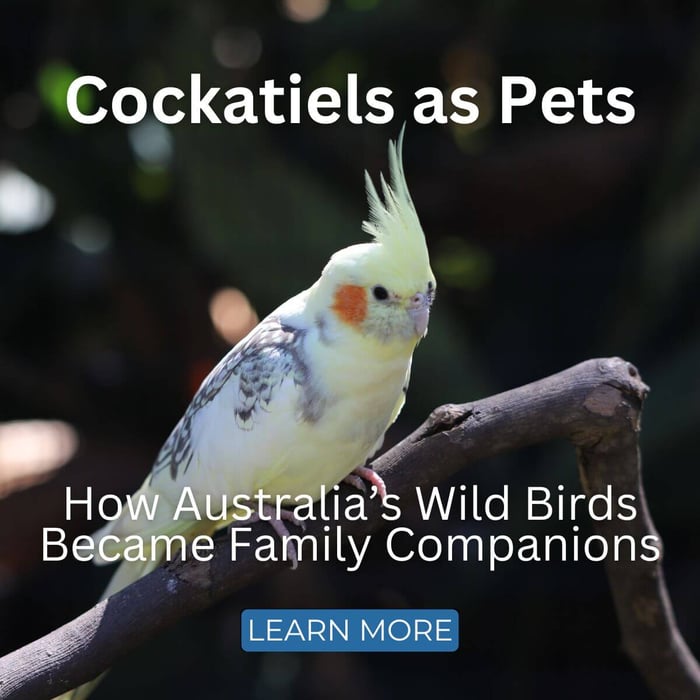Meyer's and Senegal Parrots as Pets: Celebrating Their Charm on 19 September
At Parrot Essentials, we celebrate 19 September as Meyer's and Senegal Parrots Day, a joyful moment to recognise the special qualities of these much-loved African parrots. For many keepers, Meyer's and Senegal Parrots as Pets strike a wonderful balance of affection, playfulness, and intelligence while being generally quieter than larger parrots.
This article explores their background, temperament, care essentials, and how to mark 19 September in a way that enriches your bird's life.
Background & Origins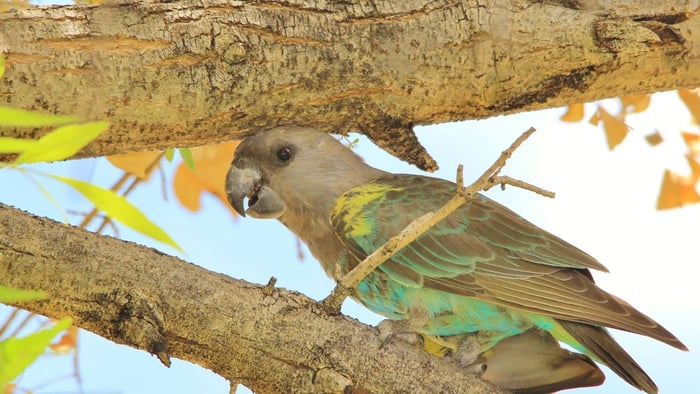
Meyer's and Senegal parrots both belong to the Poicephalus family, a group of compact, robust African parrots renowned for their engaging personalities.
In the wild, these birds inhabit open woodlands, savannahs, and forest edges where they forage for seeds, fruits, and blossoms.
Meyer's Parrot (Poicephalus meyeri) ranges across central and eastern Africa, often frequenting acacia woodland and riverine forest.
Senegal Parrot (Poicephalus senegalus) is more associated with the western belt of the continent, adapting well to open woodland and agricultural mosaics.
Their shared adaptability helps explain why they thrive in caring homes: they are curious, resilient, and keen to interact with their human flock.
What Makes Meyer's and Senegal Parrots as Pets Unique
Ask any devoted keeper and you'll hear similar praise: these birds are deeply engaging without being overwhelming.
Compared to some larger, louder parrots, they exude a gentle, companionable energy that suits many households.
- Affectionate: They bond closely with trusted people and often enjoy calm, hands-on interaction.
- Playful: Cheeky problem-solvers that revel in toys, training games, and foraging tasks.
- Generally quieter: Capable mimics, yet typically less raucous than larger species — a considerate fit for shared living spaces.
- Bright and trainable: Quick to learn routines, cues, and fun tricks with positive reinforcement.
The result is a companion who is present and interactive, yet rarely overwhelming — ideal for dedicated keepers ready to engage daily.
Appearance & Variations of the Poicephalus Family
While Meyer's and Senegals are the stars of the day, they sit within a wonderfully diverse African family.
Here are the best-known members and their hallmark looks:
- Senegal Parrot (Poicephalus senegalus) — Green body, grey head, and a bright yellow “vest” across the chest.
- Meyer's Parrot (Poicephalus meyeri) — Dusky green with subtle yellow patches on the wings and sometimes the crown.
- Red-bellied Parrot (Poicephalus rufiventris) — Grey head with vivid orange-red belly and green upperparts.
- Jardine's (Red-fronted) Parrot (Poicephalus gulielmi) — Deep green plumage with striking orange-red markings on head and shoulders.
- Brown-headed Parrot (Poicephalus cryptoxanthus) — Olive-green body with a soft brown head; understated and elegant.
- Brown-necked Parrot (Poicephalus fuscicollis) — Larger, with brownish head/neck tones and robust build.
- Cape Parrot (Poicephalus robustus) — A bigger relative with orange highlights; less common in aviculture.
- Rüppell's Parrot (Poicephalus rueppellii) — Distinctive markings with contrasting tones; native to south-western Africa.
- Niam-Niam Parrot (Poicephalus crassus) — Green body, greyish head, and hints of yellow on the thighs; rarer in collections.
- Yellow-fronted Parrot (Poicephalus flavifrons) — Green plumage with yellow facial highlights; endemic to Ethiopia.
Whatever the palette, the shared charm runs through the family: bright, inquisitive birds with manageable voices and endearing, people-oriented personalities.
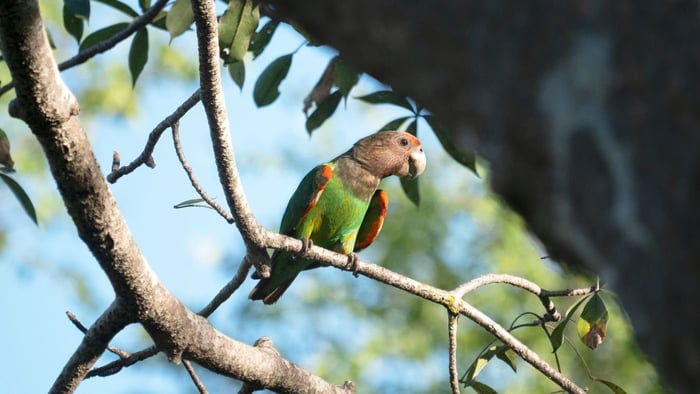
Care Essentials
Meeting core needs, nutrition, environment, and daily interaction, is the surest path to a thriving Meyer's or Senegal.
Nutrition
A balanced, pellet-centred diet supports long-term health, stable energy, and vibrant feathering.
- High-quality pellets: Choose a premium base such as Askio Nature Complete Parrot Food Pellets or trusted options from Hagen.
- Fresh vegetables and fruits: Offer a colourful rotation, leafy greens, peppers, carrots, broccoli, apples, and berries.
- Occasional nuts: Almonds or walnuts in tiny quantities make excellent high-value training rewards.
Rotate produce through the week and present foods in foraging formats to encourage natural behaviours.
Always provide fresh water and remove perishable foods after mealtimes.
Housing & Enrichment
A thoughtfully arranged environment prevents boredom and supports healthy movement.
- Spacious cage: Prioritise width for wing stretches and climbing pathways; bar spacing must suit smaller beaks.
- Natural wood perches: Vary diameters to promote foot health; include a textured calcium perch for gentle wear.
- Toys and foraging: Mix chewables, shreddables, puzzle feeders, and safe rope climbers; rotate weekly to keep novelty high.
Consider a separate play stand for out-of-cage time.
Foraging toys are especially valuable for Poicephalus parrots, keeping them mentally engaged and behaviourally balanced.
Social & Mental Needs
Daily companionship and training time are essential.
Simple routines, stepping up, short trick sessions, or shared quiet time, help avoid boredom and strengthen trust.
Gentle consistency is the key to building confidence in these sometimes cautious parrots.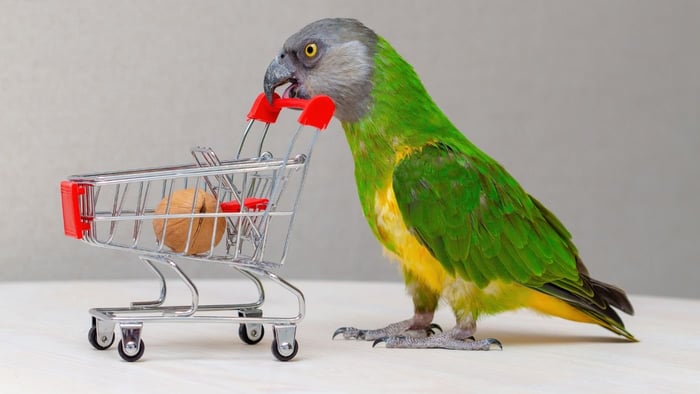
Common Challenges
Like all parrots, Meyer's and Senegals have quirks.
- Stubbornness: They may test boundaries but respond well to calm, consistent training.
- Jealousy: Strong pair bonds can make them possessive of one person, though socialisation helps broaden acceptance.
With patience and positive reinforcement, these challenges often become opportunities to deepen trust.
Why Quality Products Matter
Providing the right diet, toys, and enrichment is crucial for your parrot's well-being.
Inferior products can lead to poor nutrition, boredom, and health issues.
That's why at Parrot Essentials, we've curated a range of foods and toys specifically designed to meet the needs of Meyer's and Senegal parrots.
From premium pellets and seed mixes to durable foraging and chew toys, every product is chosen with your bird's health and happiness in mind.
Celebrating 19 September
Meyer's and Senegal Parrots Day is the perfect opportunity to celebrate the special place these birds hold in our lives.
Whether you already share your home with one of these parrots or are simply curious to learn more, consider how you can mark the day:
- Treat your bird to a new toy or a special foraging challenge.
- Refresh their diet with a new high-quality food.
- Spend extra time interacting, training, or simply enjoying their company.
- Explore expert resources to expand your knowledge of their care.
By making small, thoughtful changes, you not only celebrate the day but also enhance your parrot's wellbeing.
Conclusion
Meyer's and Senegal parrots may be modest in size, but their personalities are anything but small.
Intelligent, affectionate, and full of playful energy, they make for deeply rewarding companions.
With the right care, nutrition, and enrichment, these parrots can thrive in family homes for many years.
As we celebrate Meyer's and Senegal Parrots Day on 19 September, why not take a moment to reflect on the joy they bring?
Whether it's through discovering new enrichment options, upgrading their diet, or simply spending time together, there are countless ways to show your appreciation.
Explore our Parrot Essentials blog for expert advice, and browse our collections for Meyer's and Senegal parrots to find everything you need to support your bird's health and happiness.
FAQs
Are Meyer’s and Senegal parrots good for first-time parrot owners?
Yes, many people find them suitable as first parrots. They are smaller, quieter, and often easier to manage than larger species, though they still require daily interaction, enrichment, and commitment.
How long do Meyer’s and Senegal parrots live?
With proper care, a balanced diet, and regular veterinary check-ups, they can live 25–30 years, sometimes even longer.
Do Meyer’s and Senegal parrots talk?
They are not the most prolific talkers, but many learn words, phrases, and sounds. Their voices are softer compared to louder parrots, making them popular with those who prefer a quieter household.
What should I feed them?
A high-quality pellet diet (such as Askio Nature), supplemented with fresh vegetables, fruits, and occasional nuts or seeds. Variety is key to good health.
Do they get jealous?
Yes, they can be a little possessive of their favourite person. With training and socialisation, you can reduce jealousy and help them be more comfortable with multiple people.

